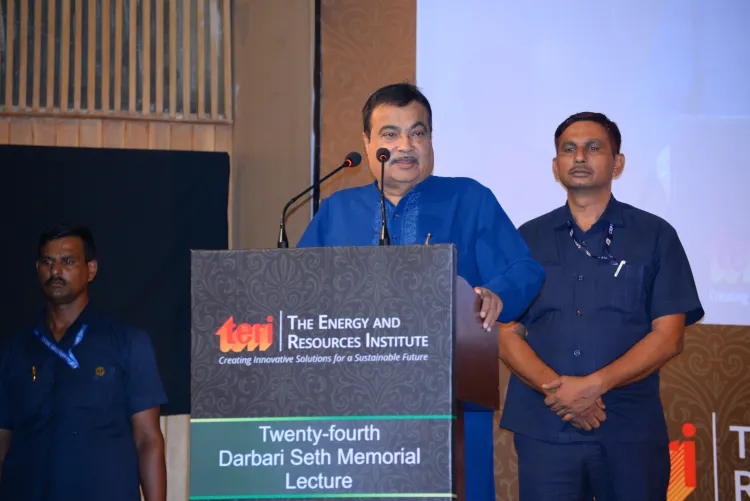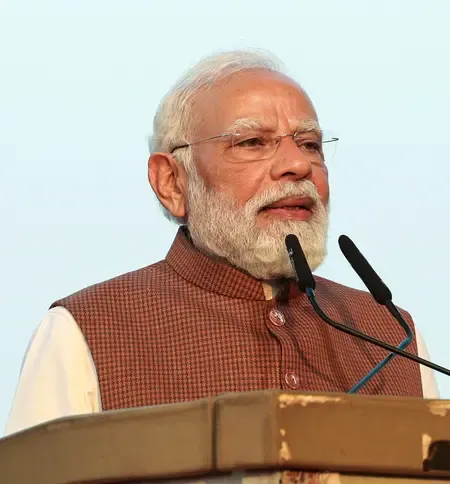Can Hydrogen at $1 per kg Make India an Energy Exporter?

Synopsis
Key Takeaways
- India aims to reduce hydrogen costs to $1 per kg.
- Hydrogen could make India a global clean energy exporter.
- Rural empowerment is key to India's energy strategy.
- India targets 10% of global green hydrogen demand by 2030.
- Significant investments in electrolyser manufacturing are underway.
New Delhi, Aug 20 (NationPress) Currently, hydrogen is priced at approximately $5 per kilogram, but if India can reduce this cost to $1 per kilogram, we could not only attain energy independence but also emerge as a global leader in clean energy exports, stated Nitin Gadkari, Union Minister for Road Transport and Highways.
Emphasizing India’s role in renewable energy, Gadkari remarked that solar energy serves as the ‘Sanjeevani Booti’ for our planet, while hydrogen represents the energy of the future.
“I drive a Toyota Mirai, which translates to ‘future’ in Japanese, as I am confident that hydrogen will revolutionize both mobility and energy,” he added.
During the 24th Darbari Seth Memorial Lecture, organized by the Energy and Resources Institute (TERI), the minister expressed that real advancement lies in empowering “our villages to surpass our cities.”
“With 80 percent of the population still involved in agriculture, we need to diversify our focus towards energy and power, invest in water conservation, and leverage technologies like AI for rural development. Water, land, and forests must be the pillars of our growth strategy,” he stated.
He further asserted that ethics, economy, ecology, and environment must progress in unison; only then can development foster employment, reduce poverty, and cultivate pride and self-sufficiency.
The 24th Darbari Seth Memorial Lecture was presented by Ashish Khanna, Director General of the International Solar Alliance (ISA), and chaired by Gadkari.
India aims to capture nearly 10 percent of the global green hydrogen demand, projected to surpass 100 million metric tonnes by 2030.
According to Shripad Naik, Minister of State for Power and Renewable Energy, India has made significant strides towards its ambitious green hydrogen production goals, with 862,000 tonnes of annual production capacity already allocated to 19 companies under the National Green Hydrogen Mission.
The government has also granted 3,000 megawatts of electrolyser manufacturing capacity to 15 companies, marking a crucial development in the industry.









